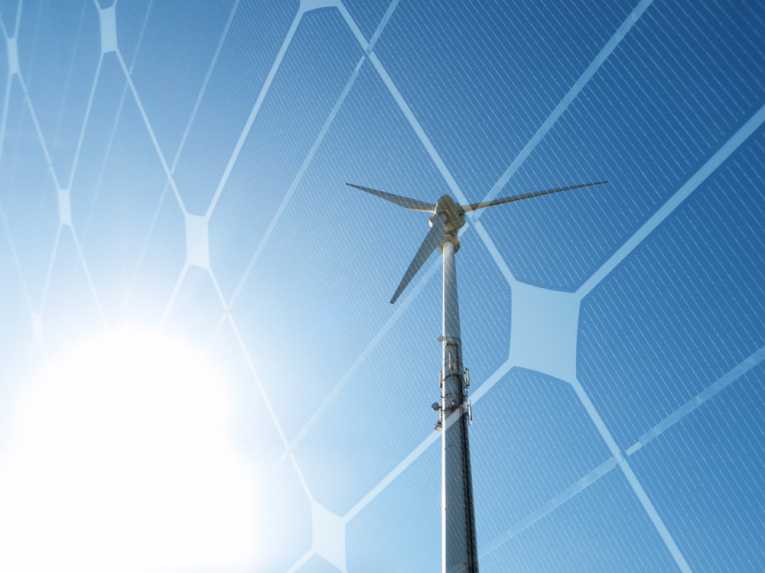1.5 million homes will be powered as President Obama's ,"We Can't Wait" initiative on solar and wind power begins to gather pace. Arizona, California, Nevada and Wyoming will benefit from permission-easing and review-cutting on infrastructure projects.
The seven projects concerned are meant to "grow our nation's energy independence, drive job creation and power economies across the west," quotes Ken Salazar, the Secretary of the Interior. The President's success so far with these renewable energy projects over the past three years has overtaken the number of such projects on public land for the last twenty years. These are the magnificent seven:
The Mohave County Wind Farm would provide up to 425MW of wind energy.
The quartzite Solar Reserve on 1675 acres of Arizona would provide another 100MW.
Riverside County, California would use photovoltaic cells in the Desert harvest Solar energy Project over about 1200 acres to produce 150MW.
Riverside is also the source of a further 750MW from photovoltaics, from 4893 acres run by McCoy Solar Energy.
Moapa Solar Energy Center with the Moapa band of Palute Indians on 2000 acres of their reservation would provide the first tribal land solar projects, with equal amounts of concentrated solar power and photovoltaic cells contributing a total of 200MW.
Nevada steps up with a ready-to-be-approved 13,000 acre site in Silver State South with 350MW of photovoltaics, 50MW of which is already supplying the electricity grid.
Carbon County Wyoming has such an appropriate name for this initiative that we leave it till last. 230, 000 acres of wind farm should produce 3000MW in the largest such area in North America. It avoids critical sage grouse habitats which it has identified as. "Sage-Grouse-Core-Areas."
Meanwhile, back in Huntsville, Alabama, the military are, through the Army Corps of Engineers, issuing contracts to enable them to reach a target of 1 gigawatt of renewable energy by 2025 (25% of their total energy requirement). They will not be purchasing any installations but utilising four different sources, based on private companies, both large and small, operating on government land. Those sources are wind, solar, geothermal and biomass.










